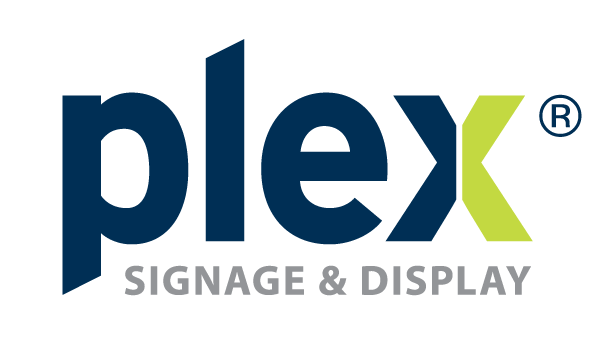Plex Display’s Environmental Report
At Plex Display we take our responsibility to the environment seriously. Over the past few years we have implemented procedures to minimise the amount of waste we produce, and the amount that we send to landfill. Plex are working in collaboration with Veolia Environmental Services to ensure we fulfil our obligations under ‘Producer Responsibility Obligations (Packaging Waste) Regulations 2005’.
Plex adhere to government enforced directives such as RoHS (Restriction of Hazardous Substances) and WEEE (Waste Electrical and Electronic Equipment), which mean certain types of waste are disposed of in a controlled manner rather than going directly to landfill.
‘Better by design’ is a statement that encapsulates the Plex design philosophy. All new products are developed with the environment in mind. Materials, production methods, packaging and product life cycles are all carefully considered during the development process.
Over the coming years Plex are committed to continual improvement of our waste management and recycling schemes. Production processes and product life cycles will also be studied, and changes will be made where necessary, to improve a product’s environmental credentials.
What is the RoHS Directive (Restriction of Hazardous Substances Directive)?
The Directive on the restriction of the use of certain hazardous substances in electrical and electronic equipment is commonly referred to as the Restriction of Hazardous Substances Directive or RoHS.
The RoHS directive, which took effect on 1 July 2006, restricts the use of six hazardous materials in the manufacture of various types of electronic and electrical equipment. The six hazardous materials are Lead, Mercury, Cadmium, Hexavalent chromium, Polybrominated biphenyls (PBB) and Polybrominated diphenyl ether (PBDE). PBB and PBDE are flame retardants used in several plastics.
The RoHS directive is closely linked with the Waste Electrical and Electronic Equipment Directive (WEEE).
What is the WEEE Directive (Waste Electrical and Electronic Equipment Directive)?
The directive imposes the responsibility for the disposal of waste electrical and electronic equipment on the manufacturers of such equipment. The directive makes the manufacturer of new equipment responsible for paying for the treatment and recycling of products at the end of their life.
The WEEE directive affects any business that manufactures, brands or imports electrical and electronic equipment as well as businesses that sell, store, treat or dismantle waste electrical and electronic equipment. To show that products comply with the WEEE directive they should display the symbol of a crossed-out wheeled bin.
For more information please use the following web link – Environment Agency
What is the CE mark?
The CE marking is a mandatory European marking for certain product groups to indicate conformity with the essential health and safety requirements set out in European Directives.
For more information please use the following web link – CE Marking
What are the Producer Responsibility Obligations Regulations 2005?
The ‘Producer Responsibility Obligations (Packaging Waste) Regulations 2005’ came into effect on the 1st January 2006. These regulations superseded the original Regulations which came into effect in 1997.
The Regulation places responsibilities on companies to help achieve the UK’s recovery and recycling targets. The UK Government aims to have an overall recovery rate of 70% and a minimum recycling target of 92% of all packaging in the UK by 2012. The aims of the Regulations are to, reduce the amount of packaging, re-use packaging, increase recovery and recycling of packaging, reduce the amount of packaging that is sent to landfill and encourage the use of recycled packaging.
Click here to download as a PDF (opens a new window)
